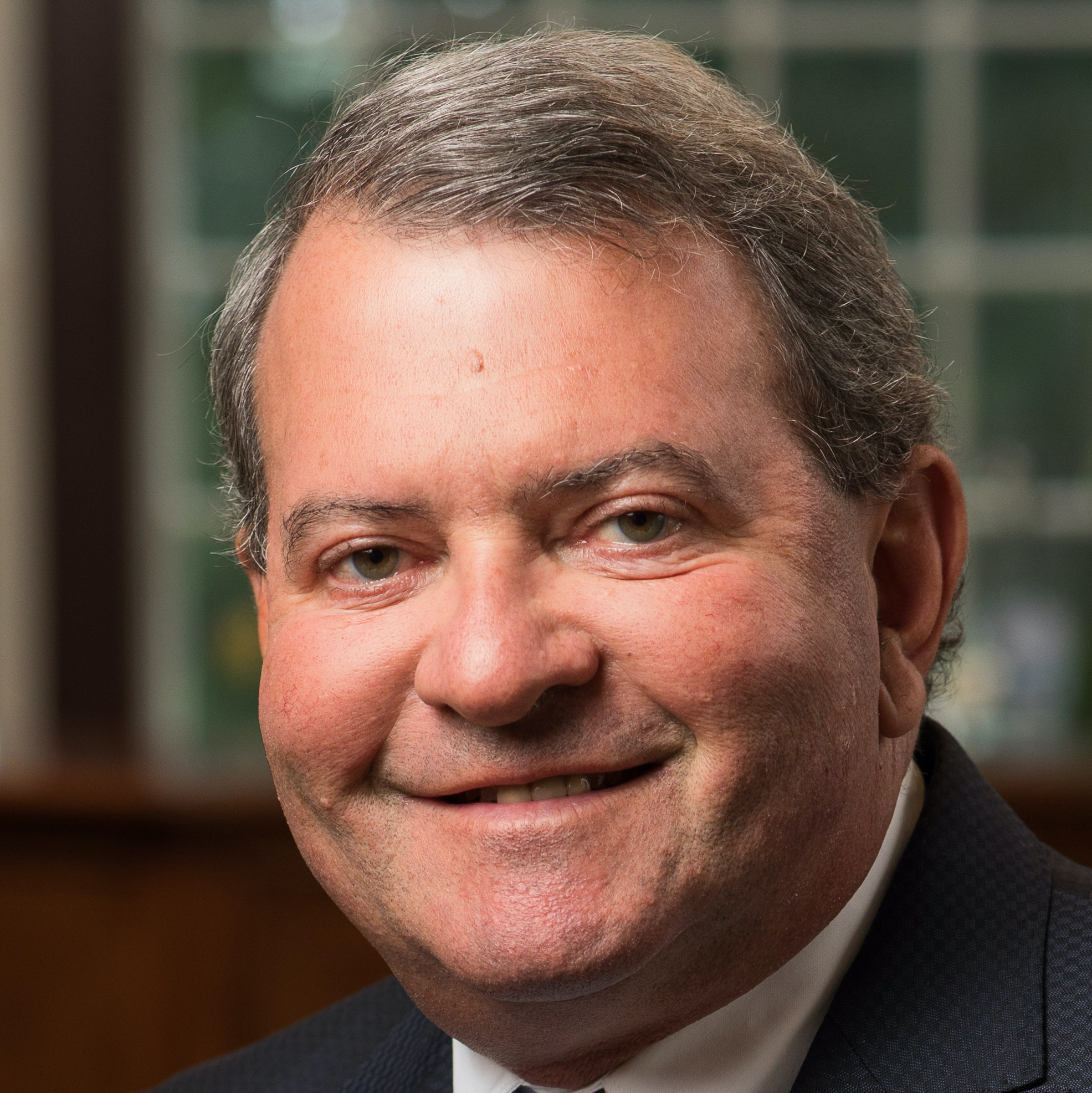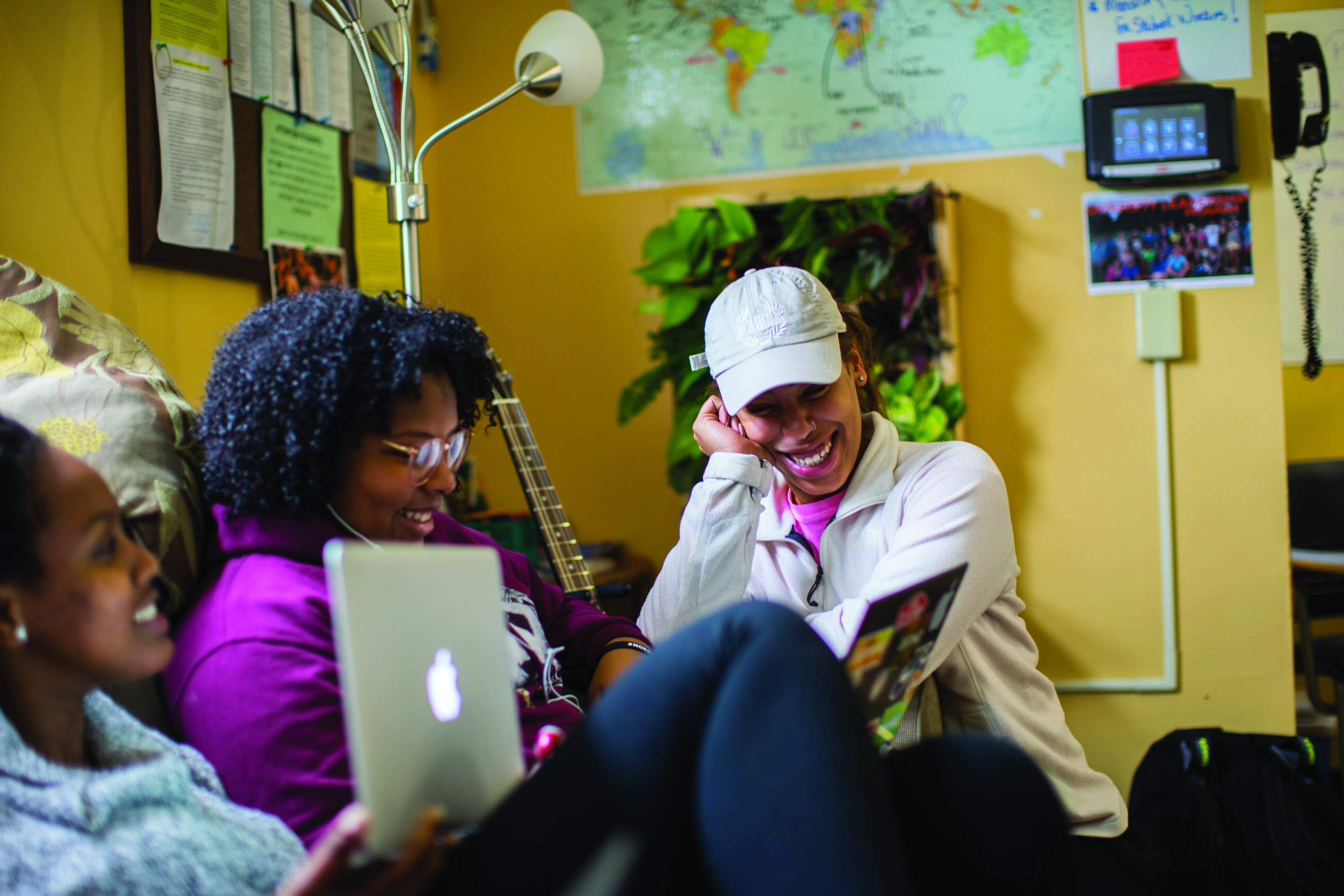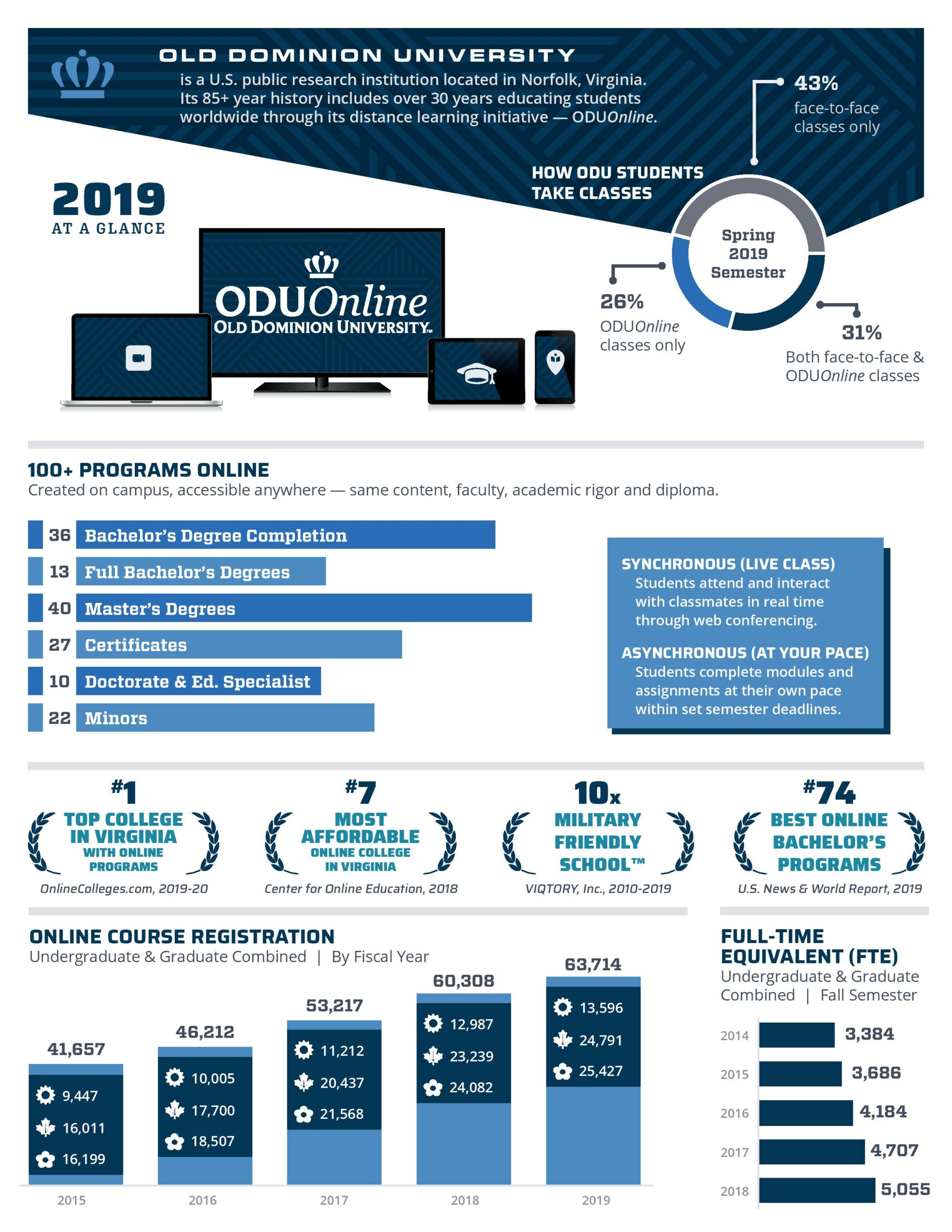
Planning for online and face-to-face instruction in fall 2020 is compelling colleges to look at new models of instruction that provide flexibility and credits for co-curricular learning.
Administrators at Roger Williams University in Rhode Island are designing a hybrid that will allow students—whether they return to campus or stay home in fall 2020–to engage in a blend of face-to-face and online instruction, President Ioannis Miaoulis tells University Business.
“One of the positive side effects of this terrible situation is it forces us to think outside of the box and put students first and see things from students’ point of view rather than what we as an institution want to do,” Miaoulis says.
The president and his team are anticipating smaller groups of students learning in-person.
More from UB: Student mental health has ‘significantly worsened’ during pandemic
Meanwhile, the university is also installing AV equipment that will let students follow those same courses remotely from either their dorms or their homes.
Students, at home and on campus, will also be able to earn credits for volunteer work, internships and professional experiences, under the supervision of a faculty member, Miaoulis says
The fall semester at Roger Williams will also operate on a block schedule that lets students take one or two courses over a shorter time period.
“This has forced to innovate and invent other ways to connect students,” Miaoulis says. “This program could keep going forever.”

Administrators are also putting coronavirus testing in place and are figuring out how to limit contact in dorms and dining rooms.
For instance, dining halls will only allow smaller groups of students to eat at the same time, and buffet-style dining will likely be suspended.
“So far, we are overbooked for students who want to stay in the dorms in the fall,” Miaoulis says.
Online learning innovations aid transition
Old Dominion University’s extensive online offerings have led to a rise in summer enrollment and student credit hours, says Jane DanÁ©, the Virginia institution’s associate vice president for enrollment management.
Currently enrolled students, as well as students from other colleges and universities, have registered for summer courses, DanÁ© says.

The university’s online courses are not simply recorded versions of in-person classes that students access through a learning management system, adds Andy Casiello, associate vice president for distance learning.
Teams of instructional designers, technologists, multi-media specialists, graphic artists, animators and faculty spend about six months created each highly interactive course, Casiello says.
More from UB: How colleges are prepping for face-to-face learning in the fall
Old Dominion’s online courses include intricate engineering labs where students can perform experiments similar to those conducted e in a classroom setting, he adds.
“We have teams that understand the differences of teaching in a face-to-face format and teaching in an online format,” he says. “They don’t just send faculty members off with a template to build their own online course.”
For example, courses in TV and film production are filmed with faculty members in a production studio environment.
“We can go with faculty in a helicopter over the Outer Banks in a flooding situation and shoot video and integrate that into the course,” Casiello says.
Of the university’s 24,000 students, 27% take all their courses online while another 30% take at least one class virtually, he adds.
Old Dominion leaders are now planning for a combination of in-person and online courses for the fall semester, DanÁ© says.
“We’re talking to faculty about how to create the most flexible courses we can before the fall so we can flow pretty seamlessly between online and on-campus in a way that is fairly unique,” she says.
UB’s coronavirus page offers complete coverage of the impacts on higher ed.







